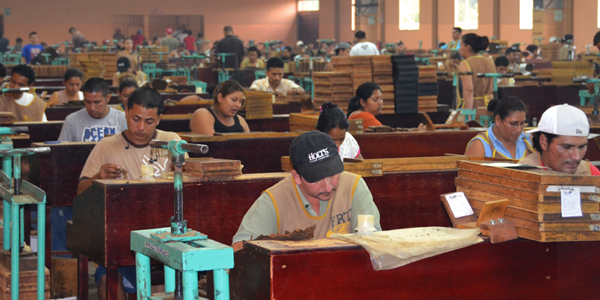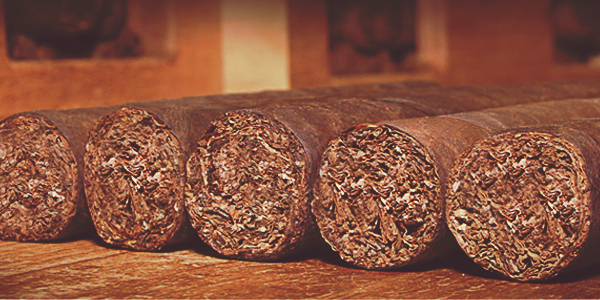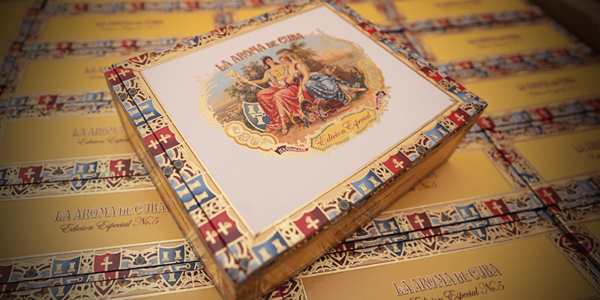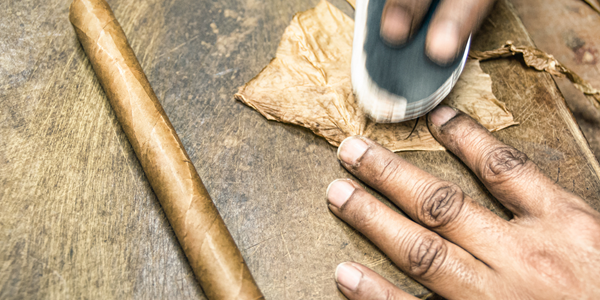All About Cigar Rolling Rooms
One of the most important things about a cigar is its construction. The second is consistency. These are the two objective measures of the quality of a cigar. A lot of each depends almost entirely on the makers of the cigar in question. Among the more popular cigars today, there are a few that are known to have exceptionally high marks in both construction and consistency. You would not be surprised by whose rolling rooms are considered the best. If you can visit one, you’ll enjoy seeing one of your favorite cigars being made. You’ll gain an immense appreciation for the number of hands that are involved and how skilled they are.
The Rolling Room
Follow your nose. The aroma in the rolling room can be intoxicating. Enter and you are in an atmosphere of cured tobacco leaves that are ready to be transformed into your favorite cigars.
At first glance, most cigar rolling rooms look like assembly lines. Your eyes would be deceiving you. While most rolling rooms are well-lighted and have a large number of tables and chairs in them, all lined up in many rows, the person sitting in each chair, the roller or buncher, is working on his or her own, sometimes alone, but usually with a partner. Once the materials are on the table, that torcedor (roller) or bunchero (buncher) is performing a vital step in the creation of the cigar, done with leaves that have been selected and stripped of their large central veins. The leaf selection and deveining processes are usually done outside the rolling room.
Does every factory set up their rolling rooms the same way? Well, not exactly, but the core steps are very similar.
Separated by Shapes
The larger rolling rooms are making different cigars for the same brand. So, you might see an entire row of tables dedicated to Robustos, and another row making only Lanceros. This makes it more efficient to deliver the correct leaves to each station.
Bunching
In many cigar rolling rooms, though not all, the buncher and roller are sitting next to one another, forming a team. The buncher is the person who is taking the leaves that have been selected and putting them all together to deliver to the roller, who will apply the wrapper. The buncher takes the long-filler tobacco, usually three or four leaves, and folds or breaks or cuts them to the right length for the vitola (shape) being made. Those leaves get packed together expertly so that air will still flow through them. The leaves are then wrapped for the first time in a binder leaf (sometimes two) in a way that assures the tubes are packed evenly and smoothly. The bound cylinders are then set in a wooden mold, and in a press next to the table or nearby for about an hour, often being turned over after 30 minutes.
The Drawing Room
These days, many cigar factories test the draw on the cigars using a machine called a Drawmaster. Sometimes the machine is in the rolling room, sometimes in a room attached to the rolling room. The machine acts like a cigar smoker puffing air through the unlit cigar being tested. The cigar then gets a score and, if it’s in the predetermined range, then goes back to the tables. The factories with the more experienced artisans don’t use a Drawmaster. The Drew Estate factory, in Nicaragua, for example, does not use a drawing machine, but it does have a powerful sound system that often blasts rock music into the rolling room.
It's a Wrap
At this point, either after the cigar comes out of the press or back from the drawing room, the torcedor puts skilled hands to work on his or her own table. The best rollers traditionally sit in the front of the room. The rollers have their own stacks of wrapper leaves that have gone through similar selection and deveining steps. Only the best and best-looking leaves are used for the wrapper. As with every roller’s table everywhere, on each of the dozens if not hundreds of rolling tables at a given factory, there is a chaveta. This is a knife with a wide, curvy blade. It is super sharp so that it won’t pull the leaves. The roller’s table, usually made of wood, also has a little jar of plant-based glue on it, used in spots to make sure the wrapper adheres to the binder. The construction of the cigar is complete at this point. The cigars are then inspected for imperfections. The good ones go to an aging room, if aging is part of the particular factory’s process. After aging, let the packaging begin.







